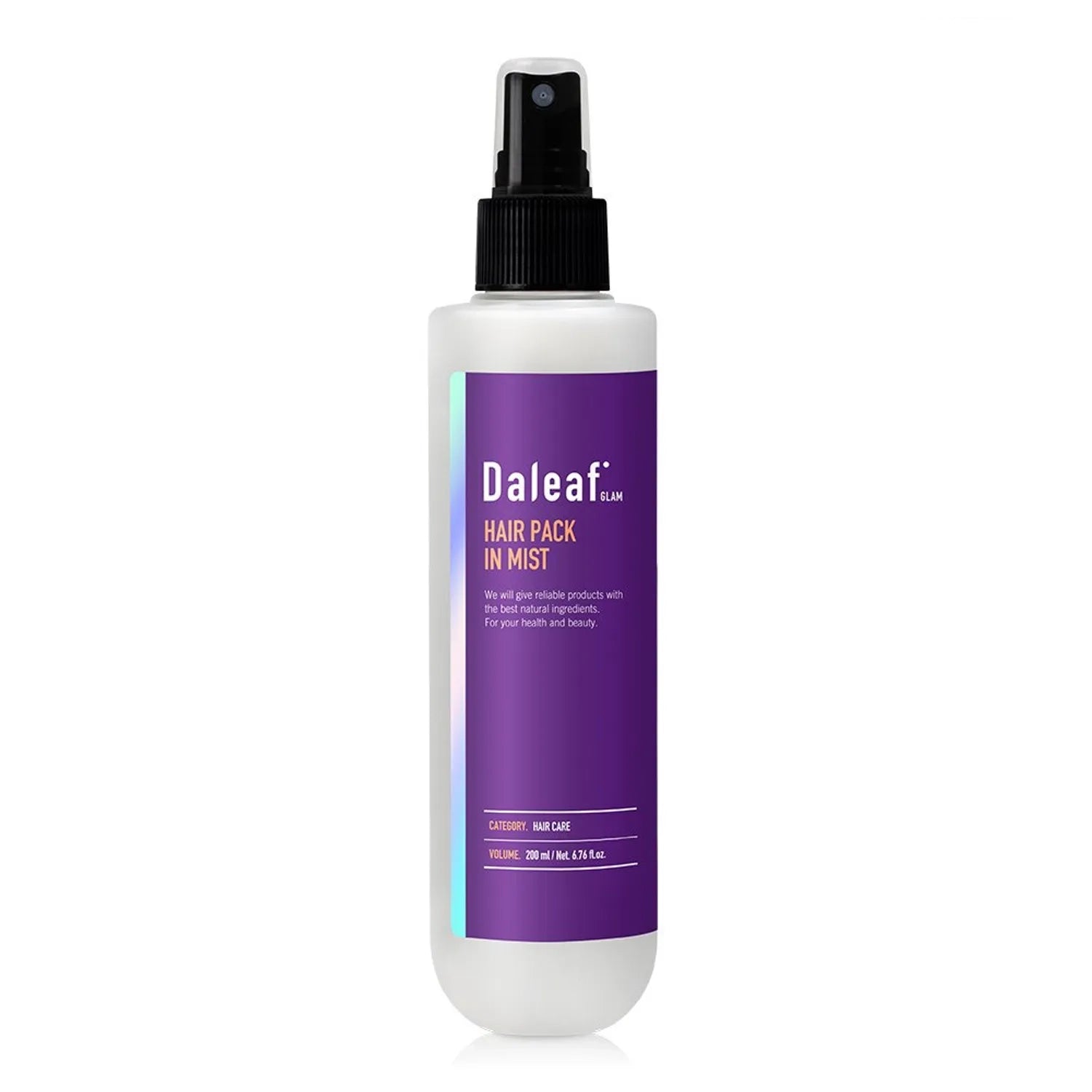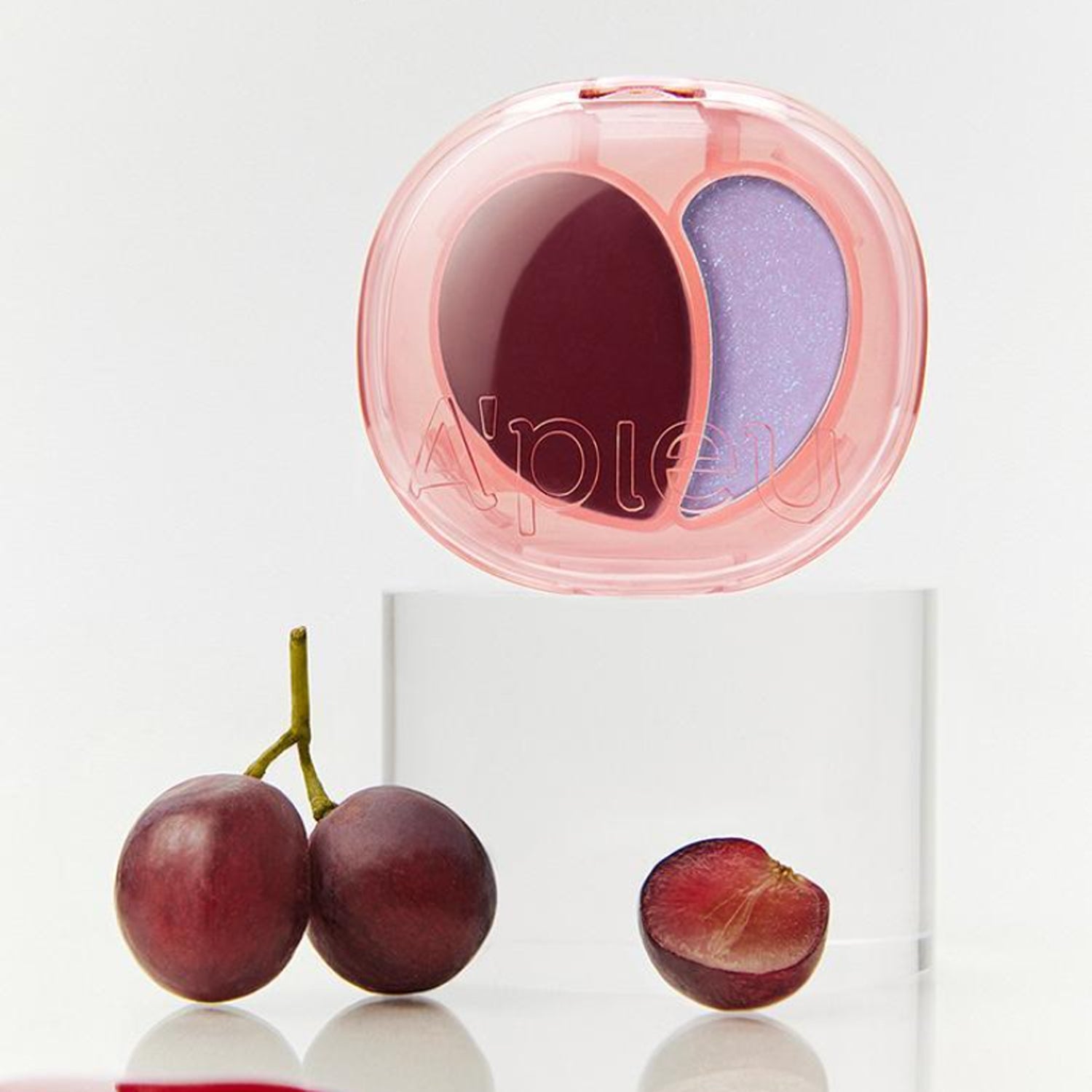The myth we all believed...
We’ve all been there. You sleep a full eight hours, wake up refreshed, and head to the mirror… only to find those familiar shadows still staring back at you. You drink more water, adjust your bedtime, maybe even give up late-night TikTok scrolling—yet the dark circles remain.
For decades, we’ve been told that under-eye darkness = not enough sleep.
And yes—fatigue can make dark circles look worse.
But if you’re doing everything right and those shadows stick around, it’s because you’re fighting the wrong battle.
The truth?
Chronic dark circles are far more about biology than bedtime.
Let’s break it down.
How lack of sleep plays a role..
To be fair, the myth has some basis. A lack of sleep can worsen the appearance of dark circles in two key ways:
- Your skin looks palerFatigue can slow circulation, leaving the skin dull and washed out. On a paler surface, the darker blood vessels underneath are more visible.
- Fluid retention increasesWhen you’re tired, your body may retain more fluid. Puffiness under the eyes can create shadowing, which exaggerates darkness.
So yes, sleep can amplify dark circles. But if you’re well-rested and still see them, something deeper is likely at play.
Dark circles cheat sheet...
A few useful terms to know:
- Periorbital skin: The area around the eyes; the thinnest skin on the body.
- Allergic shiners: Darkness caused by chronic rubbing or allergies.
- Tear trough: A hollow under the inner corner of the eye that deepens with age, casting a shadow.
- Hyperpigmentation: Excess melanin that causes brownish discolouration.
- Volume loss: Decreased fat and collagen that makes hollows appear darker.
The real causes of dark under-eye circles
1) Genetics — the biggest culprit
If you’ve always had dark circles, even from childhood, genetics are likely responsible. Some people inherit:
- Thinner periorbital skin, revealing underlying vessels
- More prominent blood vessels, which show through as blue or purple tones
This is why some individuals have dark circles regardless of lifestyle.
2) Hyperpigmentation — excess melanin
If your circles look brown rather than blue or purple, you may be dealing with periorbital hyperpigmentation. This can be triggered by:
- Sun exposure
- Inflammation
- Chronic eye rubbing (often from allergies)
In these cases, the pigment itself is darker, not the vessels underneath.
3) Volume loss — the shadow effect
As we age, we naturally lose fat and collagen.
This can create a hollow under the eye known as the tear trough.
What appears to be a dark circle is often just a shadow caused by this hollow. Light hits the area unevenly, emphasising the indentation and making it look deeper and darker.
This form of darkness is structural, not pigment-based.
4) Thinning skin with age
Even if you weren’t born with thin skin, the natural ageing process causes the skin to lose collagen and elasticity. As the under-eye area becomes more translucent, the deeper blue and purple tones of blood vessels and underlying muscle become more visible.
The result: darker-appearing under-eyes over time.
So, what can you do?
You can’t change your anatomy, but you can address the specific cause.
If hyperpigmentation is the cause
Look for brightening ingredients:
- Vitamin C
- Niacinamide
- Retinol
Daily sunscreen is essential to prevent further darkening.
If thinning skin or volume loss is the cause
Topicals can support collagen over time:
- Retinol
- Peptides
However, in-clinic treatments are often more effective:
- Dermal fillers to replace lost volume
- Laser treatments to thicken skin
If visible blood vessels are the cause
A targeted concealer with peach or orange undertones can neutralise blue and purple tones effectively. While makeup doesn’t treat the cause, it offers immediate cosmetic correction.
Lifestyle still matters
While sleep won’t cure genetically driven dark circles, a well-rested body and consistent routine will support the healthiest possible under-eye area. Hydration, sun protection, gentle skincare, and allergy management are all helpful.
The bottom line
If your dark circles persist despite good sleep, it’s not a personal failing.
For most people, chronic under-eye darkness comes down to:
- genetics
- pigmentation
- structural hollows
- or naturally thin skin
Understanding the underlying cause allows you to choose treatments that will actually make a difference.
Because once you know why your dark circles are there, you can stop guessing and start addressing the real issue, with solutions tailored to you.







